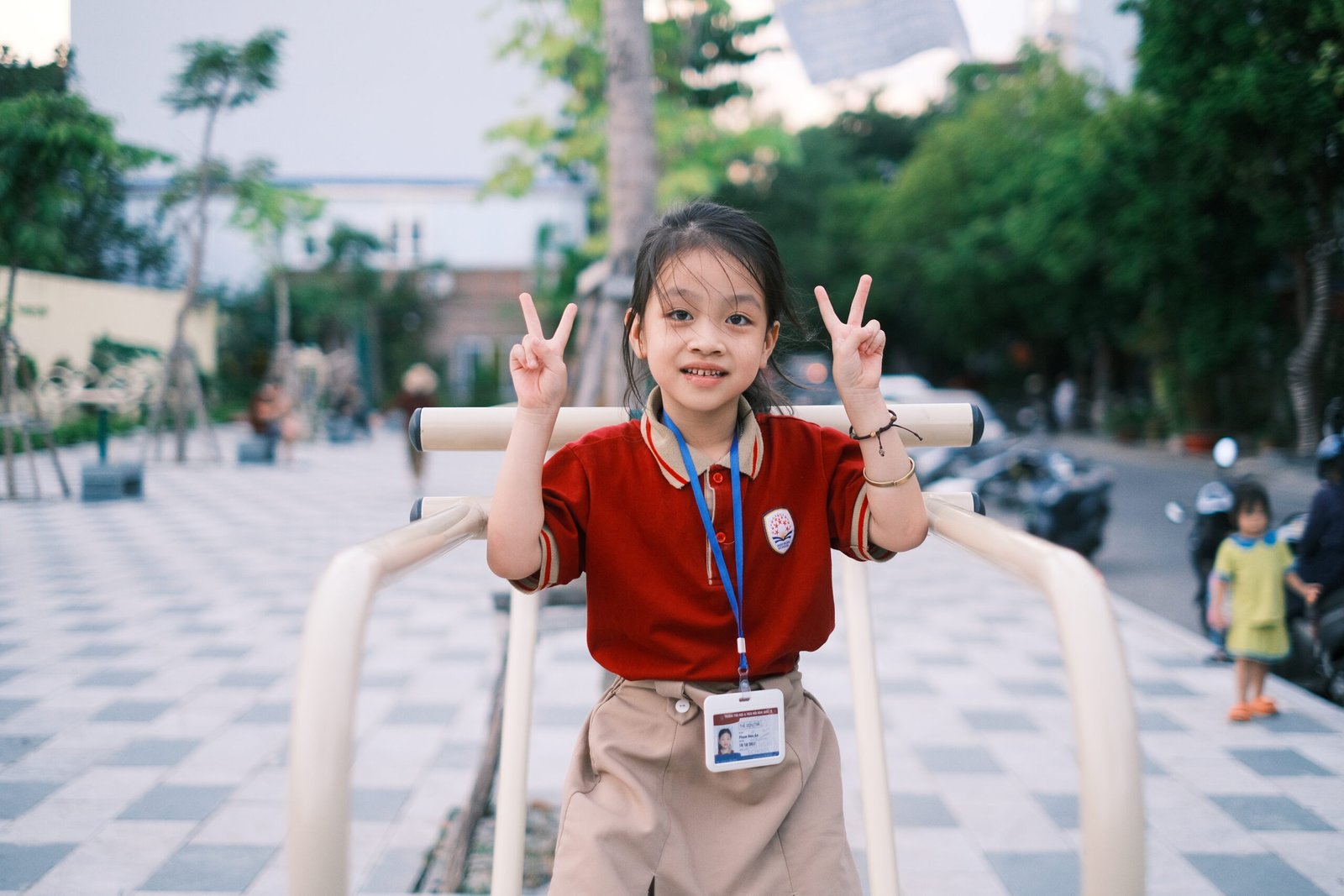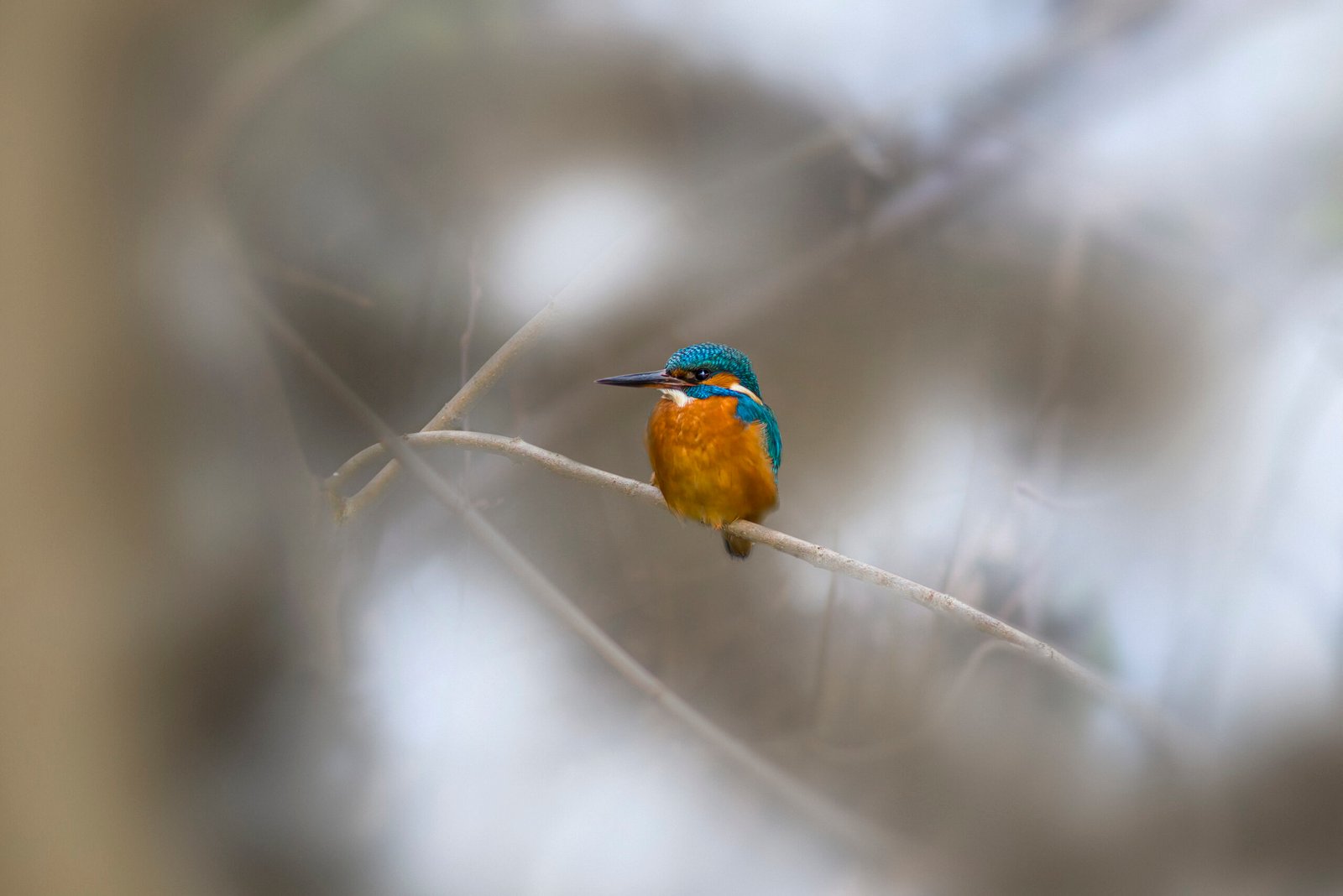
Napakiak, Alaska
Imagine a place where stunning natural beauty merges seamlessly with a tight-knit community and a rich cultural heritage. That place is Napakiak, Alaska. Nestled in the southwestern part of the state, this little-known gem is one of the many cities that Alaska has to offer. With its picturesque landscapes and welcoming residents, Napakiak captures the essence of true Alaskan charm. Whether you’re seeking outdoor adventures, a glimpse into native Alaskan traditions, or simply a peaceful retreat from the hustle and bustle of city life, Napakiak has something for everyone. Get ready to discover the wonders of this hidden Alaskan treasure.
Geography
Location
Napakiak, Alaska is a small city located in the southwestern part of the state, near the mouth of the Kuskokwim River. It is situated about 10 miles downstream from Bethel, one of the main regional hubs in the area. The city is nestled between rolling hills and beautiful natural landscapes, with a picturesque view of the river and surrounding wilderness.
Climate
Napakiak experiences a subarctic climate, characterized by long, cold winters and short, mild summers. The average annual temperature is around 21°F (-6°C), with temperatures often dropping to freezing levels or below during the winter months. Snowfall is common, contributing to a postcard-worthy winter wonderland. Summers, on the other hand, are relatively brief and pleasant, with temperatures averaging around 55°F (13°C).
Natural Features
One of the prominent natural features in Napakiak is the Kuskokwim River, which flows directly through the city. The river serves as a vital lifeline for the community, providing not only transportation and access to resources but also opportunities for fishing and recreational activities. Napakiak also boasts stunning vistas of the Alaskan wilderness, with its rolling hills, lush forests, and diverse wildlife, making it an ideal place for nature enthusiasts and adventurers.
Demographics
Population
Napakiak has a small and close-knit population, with approximately 370 residents as of the latest census. While relatively small in size, the community has a strong sense of unity and kinship, with everyone playing an active role in the city’s development and well-being.
Ethnicity
The city has a diverse ethnic makeup, reflecting the rich cultural heritage of the region. The majority of the population is of Alaska Native descent, with Yup’ik being the predominant Native group. Their deep connection to the land and their traditional practices continues to shape the cultural fabric of Napakiak, contributing to a vibrant and unique community.

History
Early History
Napakiak has a storied history that dates back hundreds of years. It has long been inhabited by indigenous peoples, who thrived in the area due to the abundance of food and natural resources. The Yup’ik people, known for their resilience and deep knowledge of the land, have called this region their home for generations, developing complex societies and sustaining themselves through hunting, fishing, and gathering.
Establishment
The city of Napakiak was officially established in the early 1930s, as the growing population sought better access to education, healthcare, and other essential services. This marked an important milestone in the community’s development, with the establishment of formal governance and infrastructure to support the needs of the residents.
Modern Developments
In recent years, Napakiak has witnessed several modern developments aimed at improving the quality of life for its residents. These include initiatives to provide better healthcare facilities, access to clean water, and improved housing options. The city also saw the implementation of renewable energy projects, harnessing the power of the region’s natural resources to reduce reliance on fossil fuels and create a sustainable future for the community.
Government
Local Government
Napakiak operates under a local government system, with elected officials responsible for managing the city’s affairs. The City Council, comprised of community members, works together to address the needs and concerns of residents, developing policies and making decisions that impact the overall well-being of the community. This grassroots approach to governance ensures that the voices of the people are heard and taken into consideration.
Services and Facilities
The city of Napakiak provides various services and facilities to cater to the needs of its residents. These include a health clinic, a school, a local police department, and a fire department. While the city may be small, the commitment to providing essential services is strong, ensuring the safety, health, and overall welfare of the community.

Economy
Main Industries
Napakiak’s economy is primarily based on subsistence activities and traditional practices. The residents rely heavily on fishing, hunting, and gathering for their sustenance, utilizing the natural resources of the region. Salmon, trout, moose, and berries are just some of the resources that play a crucial role in the local economy, providing not only food but also cultural significance.
Employment
Given the small size of the community, employment opportunities within Napakiak itself are limited. Many residents, however, find employment in nearby towns, such as Bethel, where there are more job opportunities in various sectors, including healthcare, education, and government services. Some individuals also engage in traditional crafts and artwork, generating income through the sale of their creations.
Trade and Commerce
Trade and commerce in Napakiak revolve around the traditional exchange of goods and services, with a strong emphasis on sharing and communal support. The city is part of a regional network that facilitates the exchange of resources and supplies, ensuring that everyone has access to what they need. Additionally, the tourism industry plays a role in attracting visitors who are interested in experiencing the unique cultural heritage and natural beauty of the area.
Education
Schools
Napakiak is home to a school that provides education for students from kindergarten to high school. The school not only focuses on academic subjects but also incorporates cultural teachings and traditional practices into its curriculum, ensuring the preservation of Yup’ik traditions and values. The educators in Napakiak are committed to providing a well-rounded education that prepares students for their future while instilling a strong sense of cultural identity.
Literacy Rate
The literacy rate in Napakiak, like many other communities in Alaska, remains a challenge due to various factors. Efforts have been made to improve literacy rates through community initiatives and partnerships with educational organizations. The city’s commitment to education and the preservation of the Yup’ik language and culture play a crucial role in enhancing the literacy skills of its residents.

Transportation
Air Travel
Napakiak has an airstrip that serves as a crucial link to the outside world. Regular flights connect the city to larger regional hubs, providing access to essential services, supplies, and transportation for residents. Air travel is particularly vital during the winter months when the frozen river renders boat travel impractical.
Boat and Ferry Services
The Kuskokwim River serves as a key transportation route for Napakiak. During the ice-free months, boats and ferries are important modes of transport, connecting the city to neighboring communities and allowing residents to travel for various purposes, including accessing healthcare, attending events, and visiting family and friends.
Road Network
While Napakiak is not connected to the state’s road network, the city has a network of local roads that facilitate movement within the community. These roads are crucial for transportation during the summer months and serve as important pathways for residents to reach essential services and engage in economic and recreational activities.
Culture
Traditional Practices
Napakiak’s cultural heritage is deeply rooted in the traditional practices of the Yup’ik people. These practices encompass a wide array of activities, including traditional hunting and fishing techniques, traditional dances and songs, and craftsmanship. Traditional subsistence activities, such as salmon fishing and moose hunting, are not only essential for the community’s survival but also hold deep cultural significance, passing on generations of knowledge and wisdom.
Language
The Yup’ik language is central to Napakiak’s culture, serving as a vehicle for communication, cultural expression, and storytelling. Efforts have been made to preserve and revitalize the Yup’ik language, with schools incorporating language programs and community members passing on their linguistic knowledge to younger generations. The commitment to the Yup’ik language plays a vital role in fostering cultural pride and a strong sense of identity.
Arts and Crafts
The artistic traditions of Napakiak are diverse and vibrant, showcasing the talent and skill of the community. Crafts such as basket weaving, carving, and beading are prevalent, with each piece telling a unique story and reflecting the cultural heritage of the Yup’ik people. Artwork inspired by the natural beauty of the region, such as landscapes and wildlife, is also highly valued and sought after by collectors and visitors alike.
Tourism
Attractions
Napakiak’s rich cultural heritage and stunning natural landscapes make it an appealing destination for tourists seeking an authentic Alaskan experience. Visitors have the opportunity to immerse themselves in the Yup’ik culture, witnessing traditional dances, participating in subsistence activities, and learning about the history and traditions of the community. The breathtaking scenery, untouched wilderness, and the chance to see wildlife in their natural habitats also attract nature enthusiasts and adventurers.
Outdoor Activities
Outdoor activities abound in Napakiak, offering visitors a chance to explore the rugged beauty of the Alaskan wilderness. Fishing in the Kuskokwim River, hiking through the rolling hills, and observing wildlife in their natural habitats are popular options for those seeking adventure and a connection with nature. The winter months provide opportunities for snowmobiling, ice fishing, and even dogsledding, ensuring that there is something for everyone to enjoy.
Accommodation
While Napakiak may be a small community, it offers a range of accommodation options for visitors. Local guesthouses and lodges provide comfortable and authentic experiences, allowing guests to immerse themselves in the cultural traditions and hospitality of the community. These accommodations often incorporate traditional design elements and offer breathtaking views of the surrounding landscapes, making for an unforgettable stay.
Notable People
Famous Residents
Several notable individuals have called Napakiak home throughout its history. Their contributions and achievements have left a lasting impact on the community and beyond. From cultural leaders and artists to accomplished athletes and community advocates, these famous residents have helped shape the identity and spirit of Napakiak.
Community Leaders
Napakiak’s community is fortunate to have dedicated leaders who work tirelessly to improve the lives of its residents. Whether through advocating for better education, healthcare, or economic opportunities, these individuals play a vital role in the ongoing growth and development of the community. Their commitment to the well-being of Napakiak’s residents is a testament to the strong community spirit that thrives within the city.
